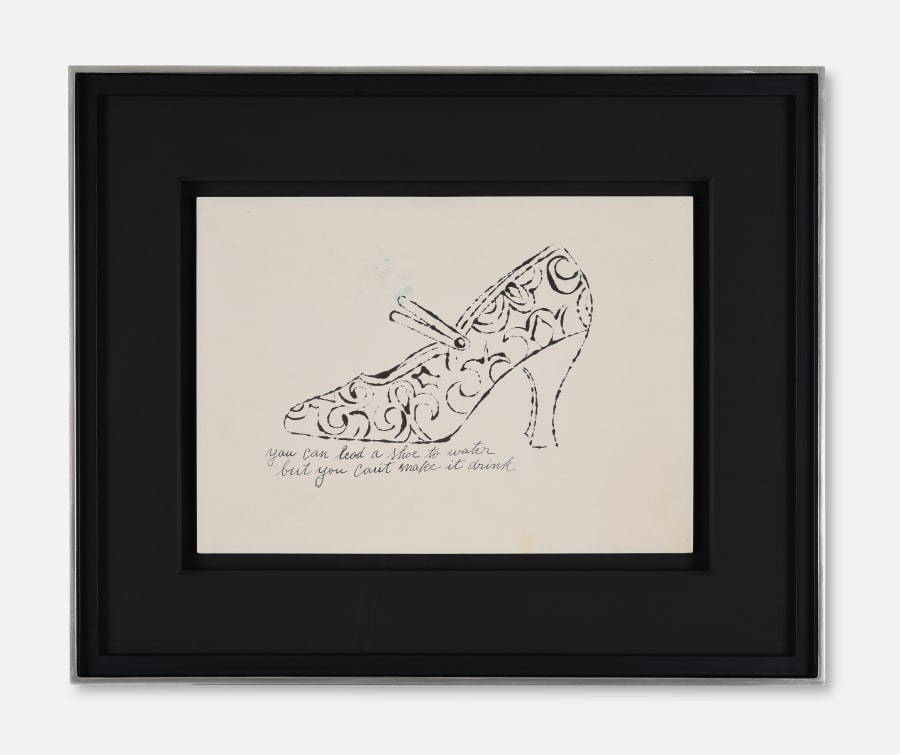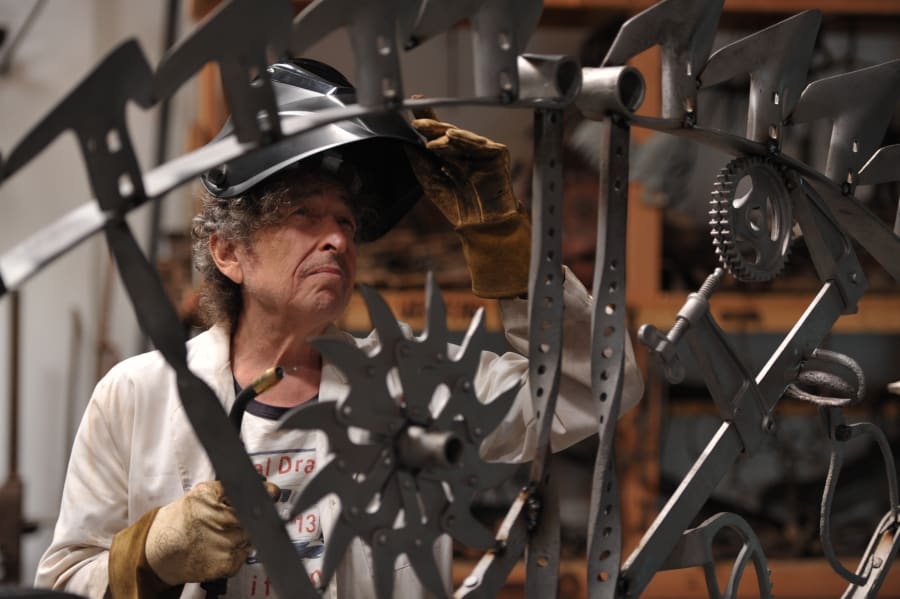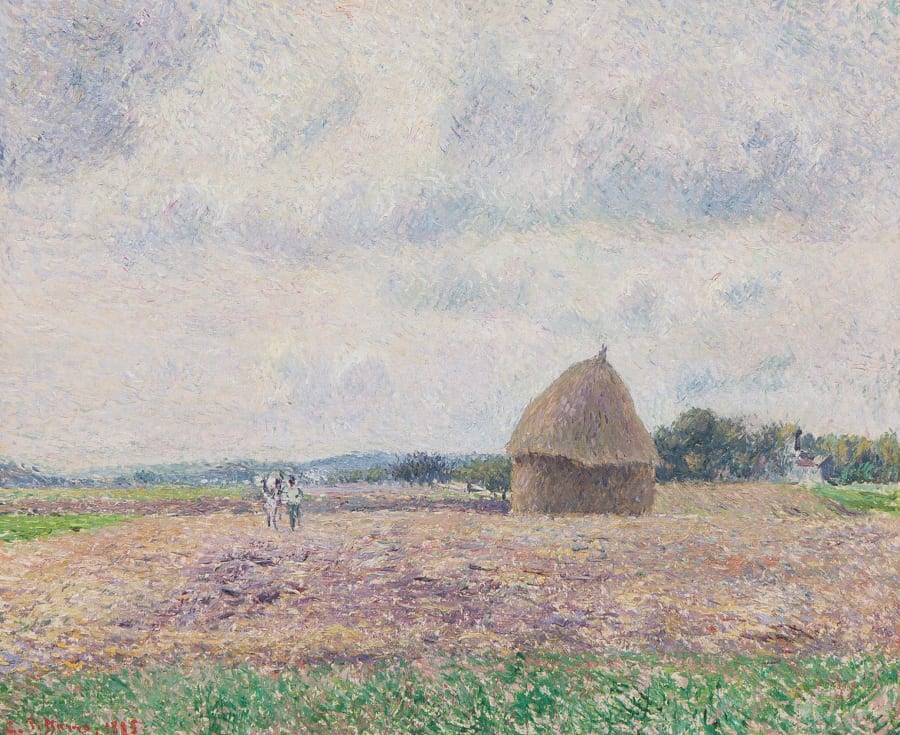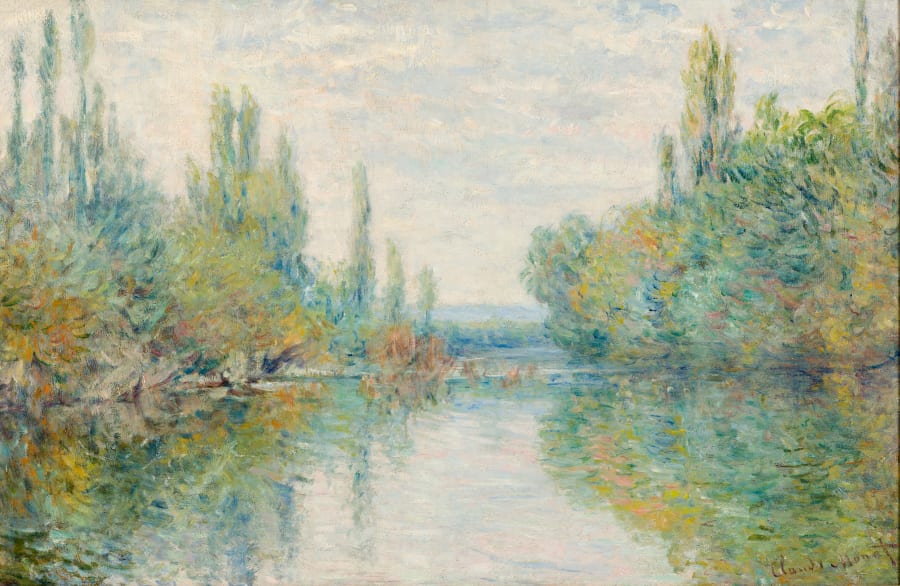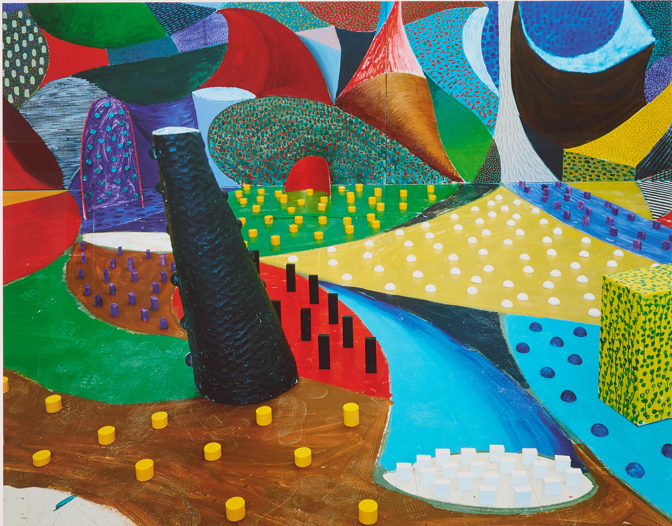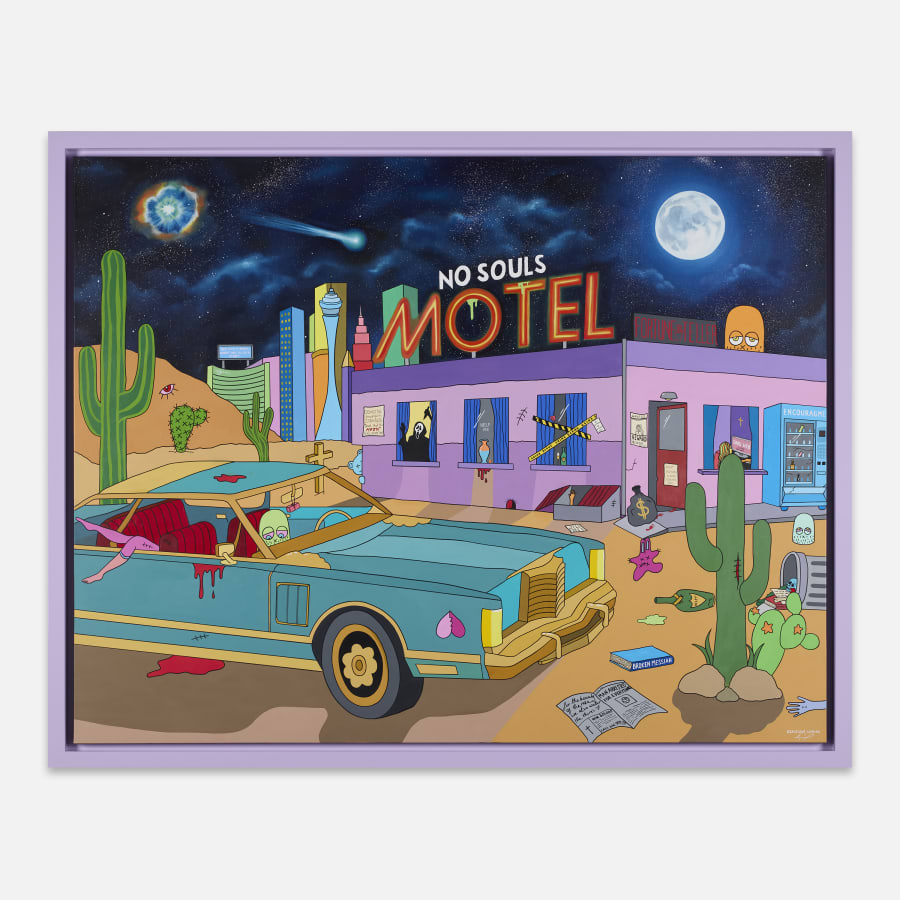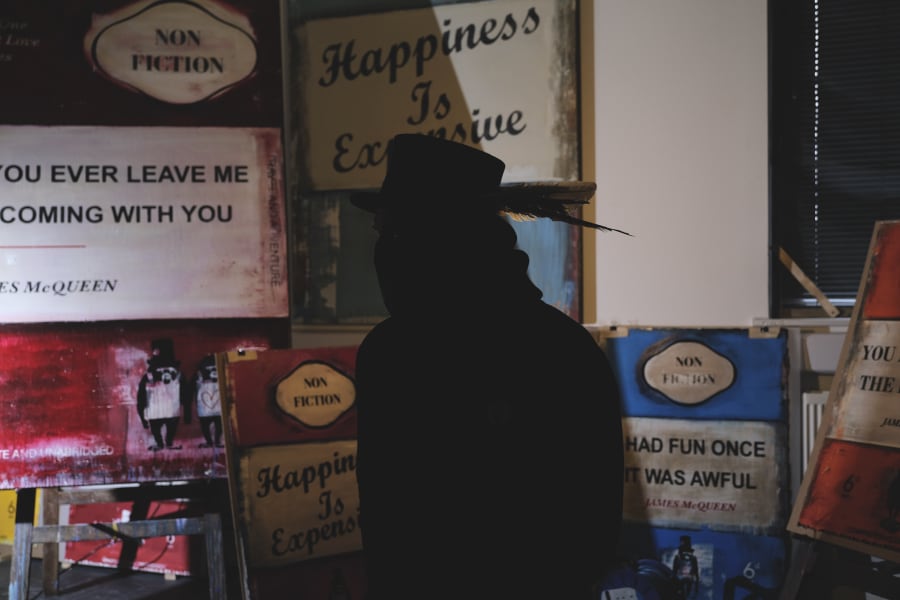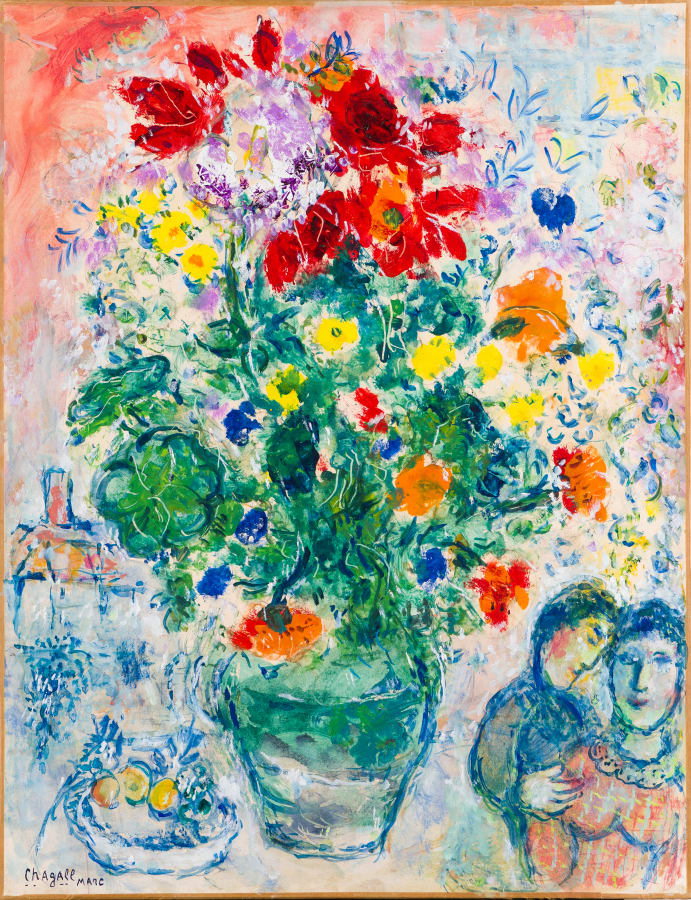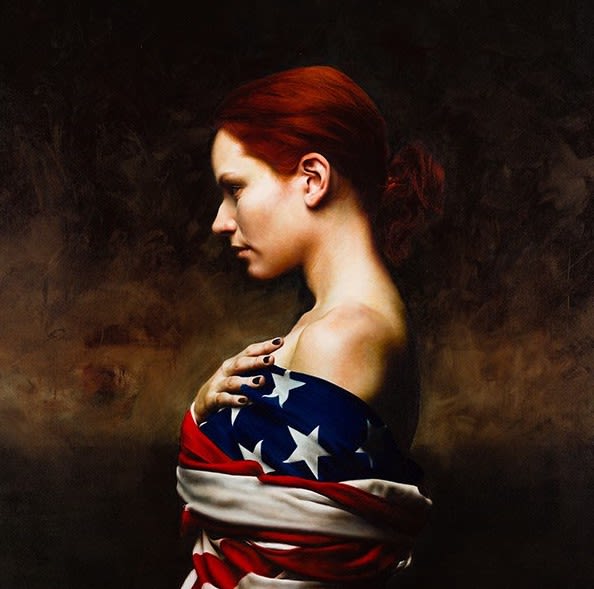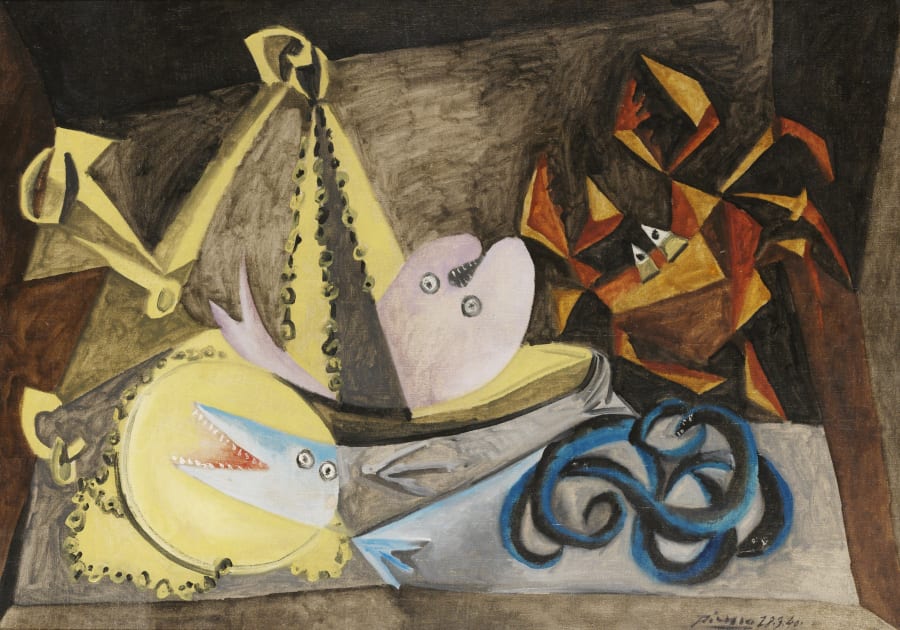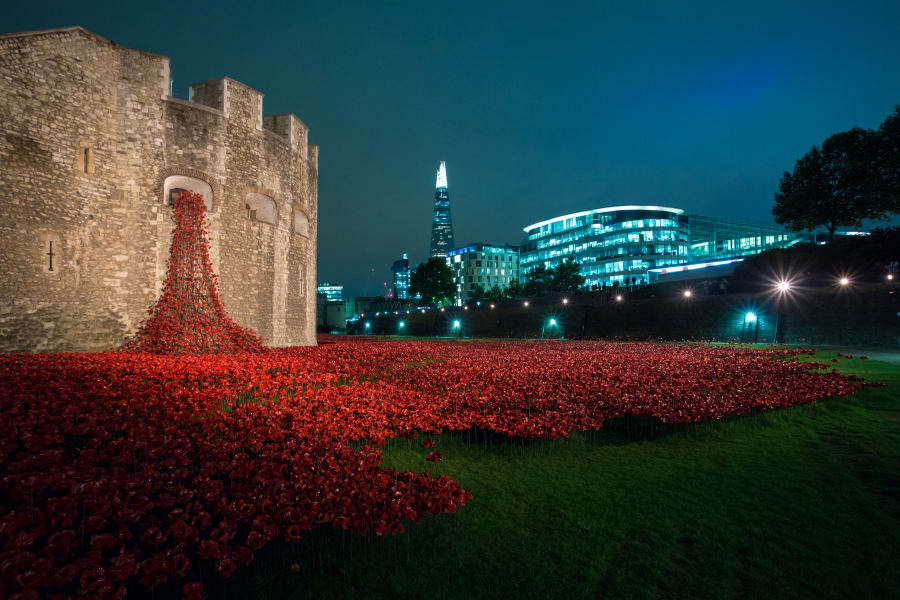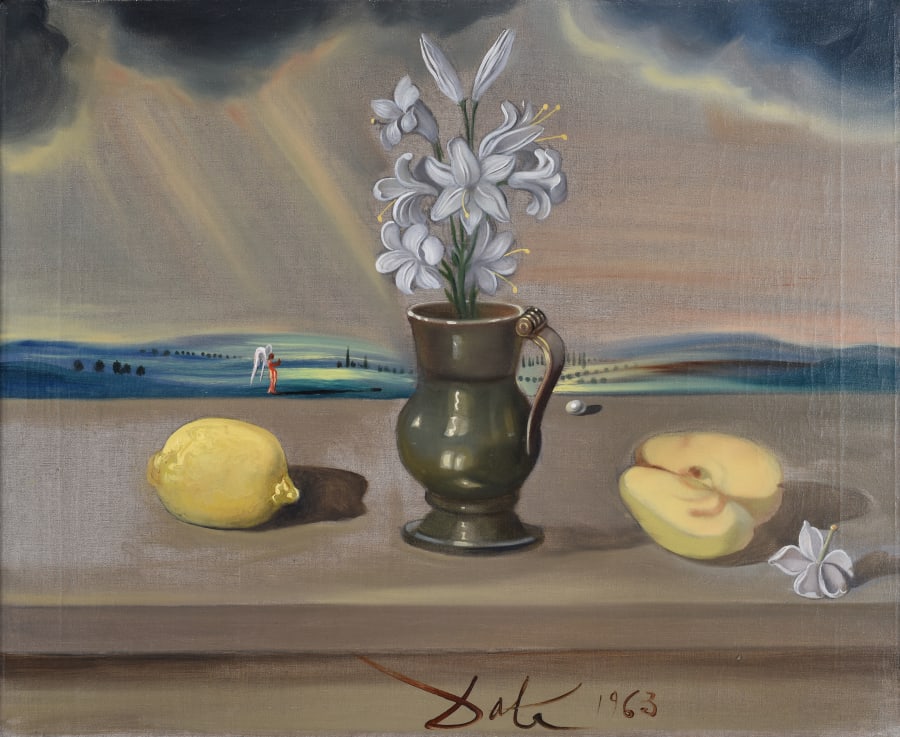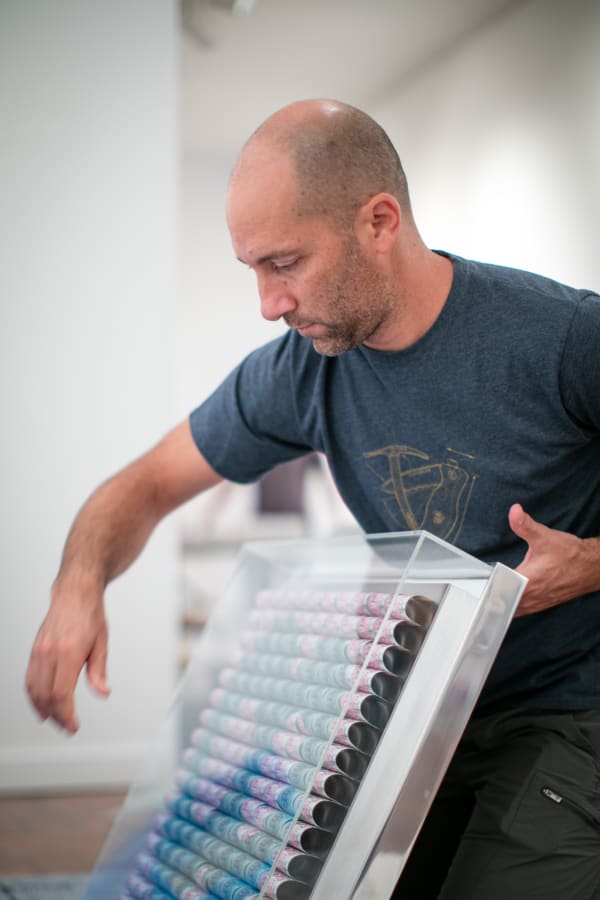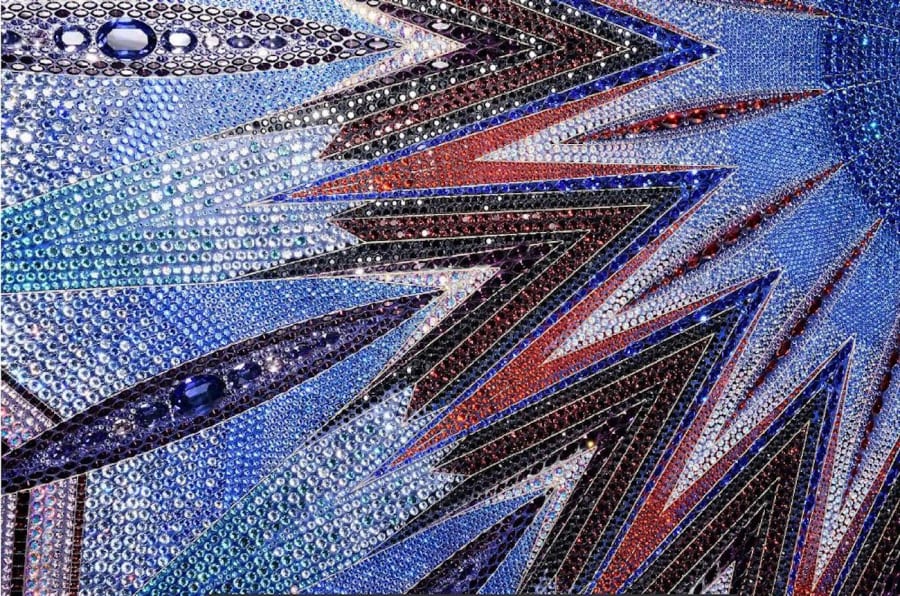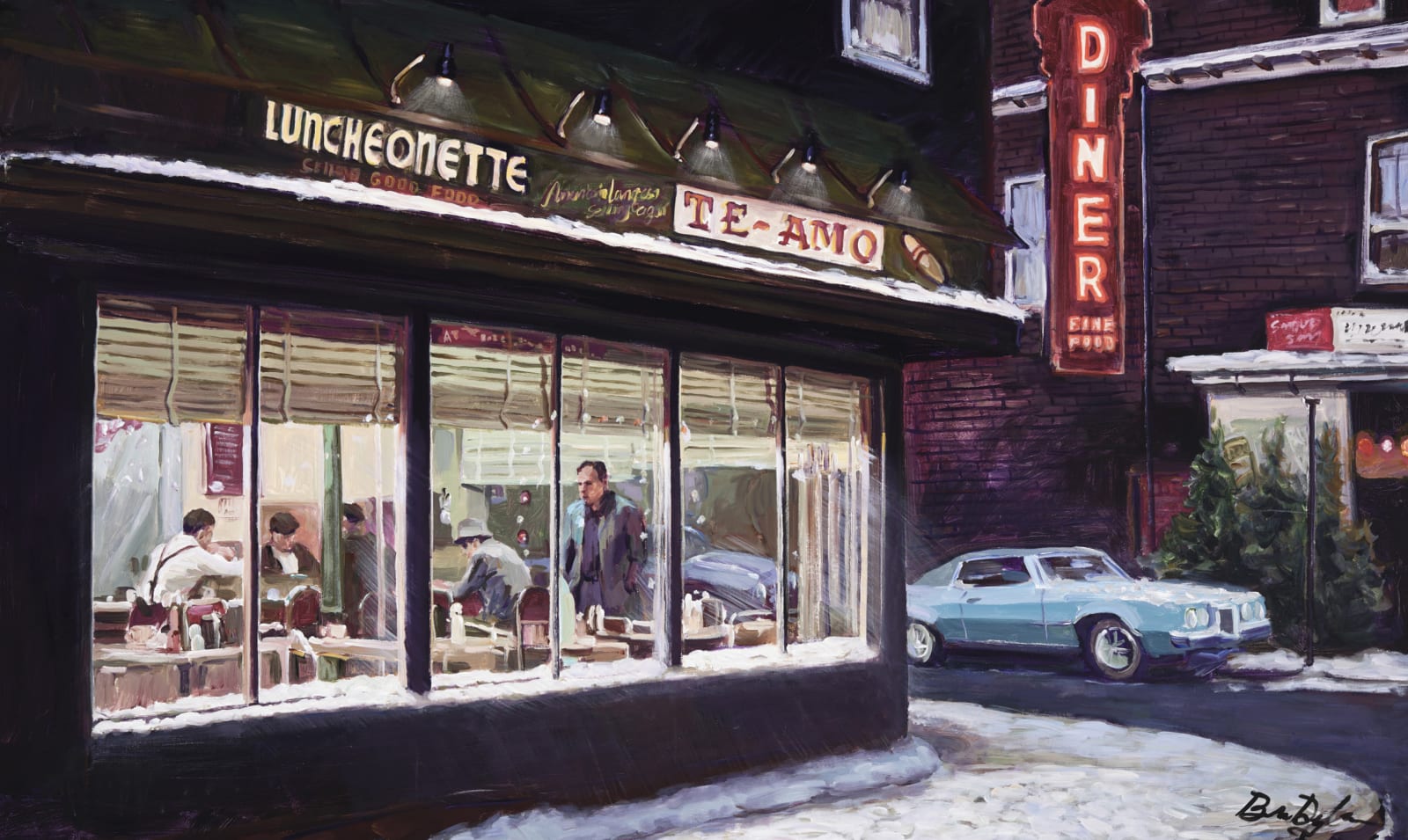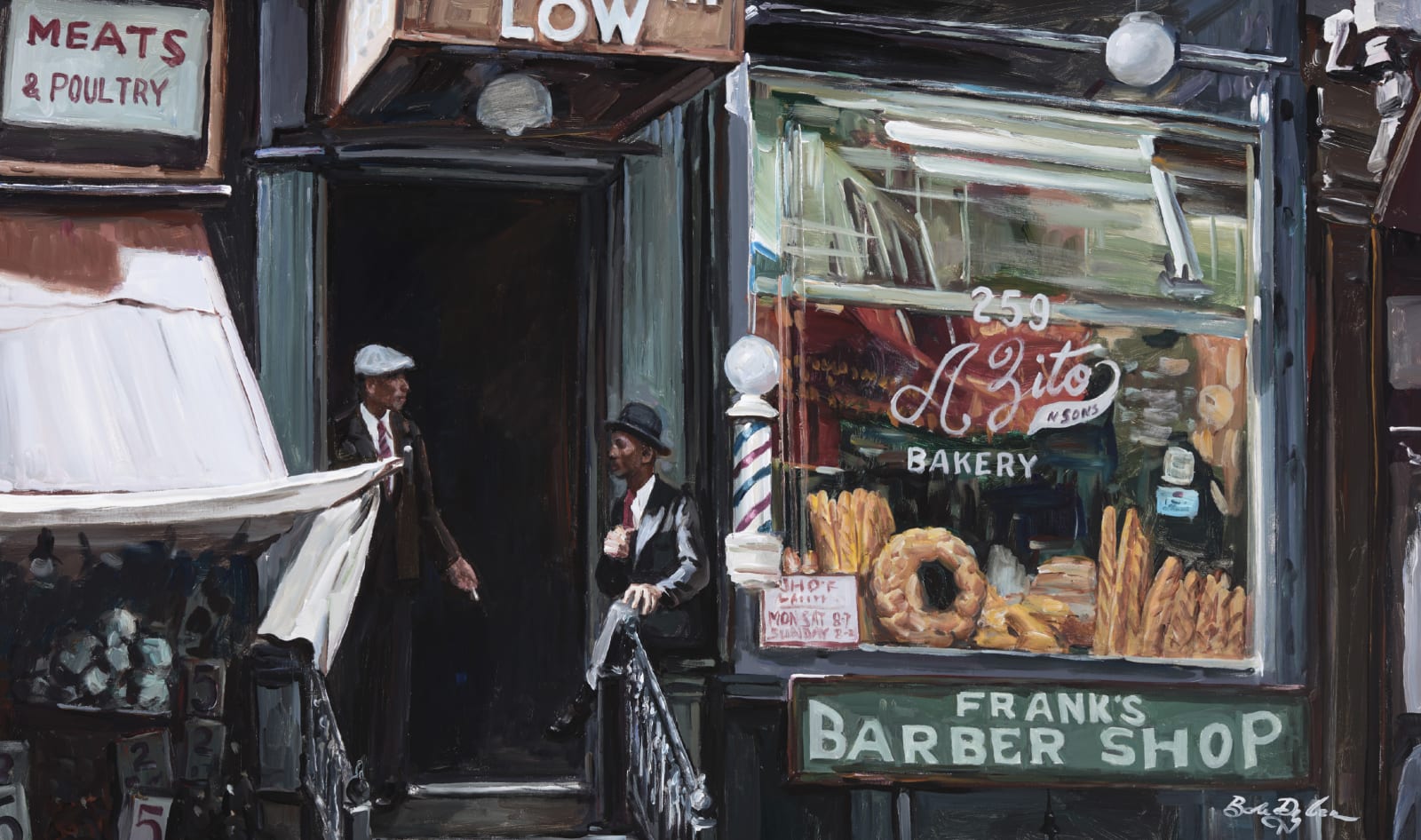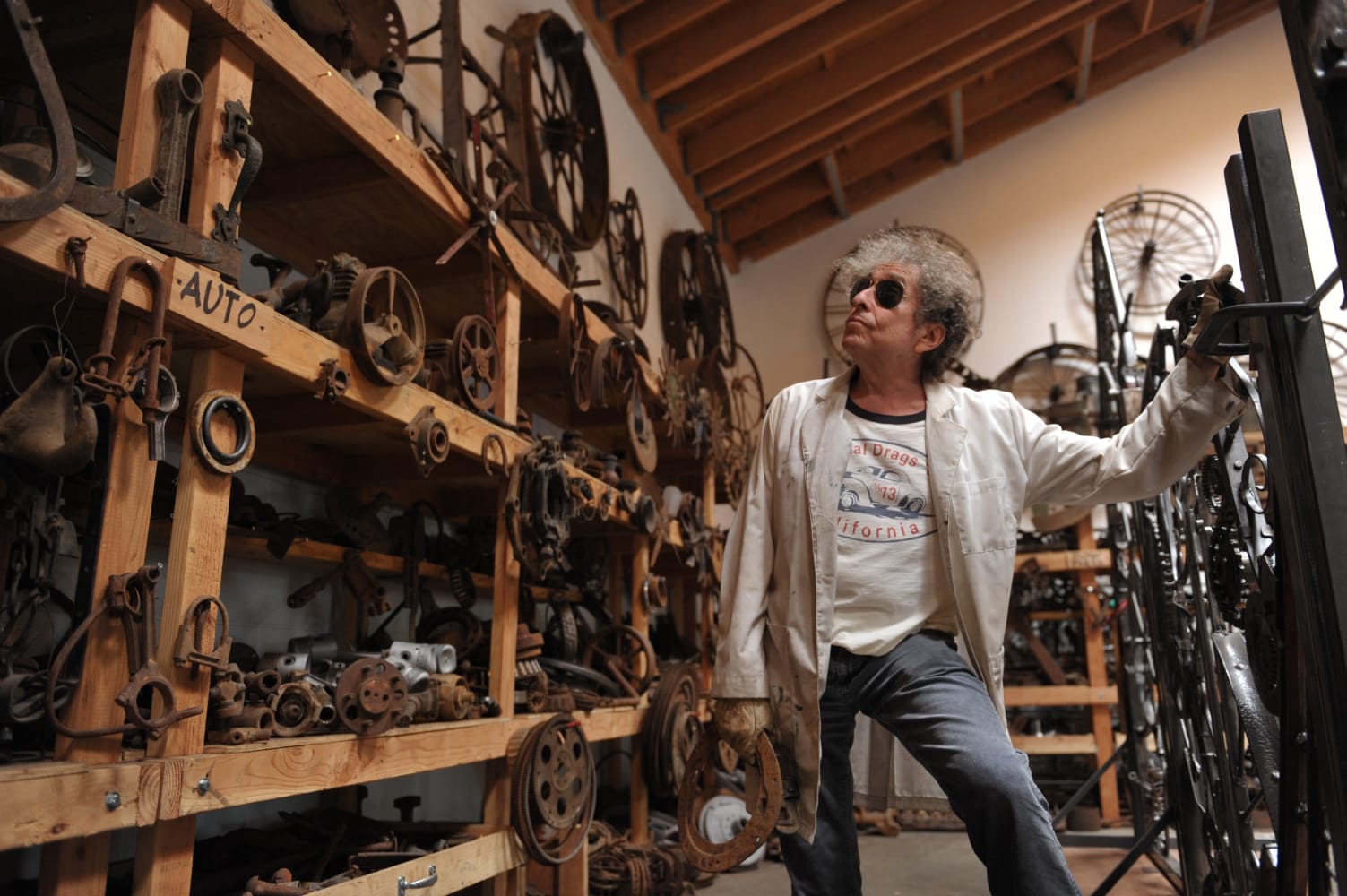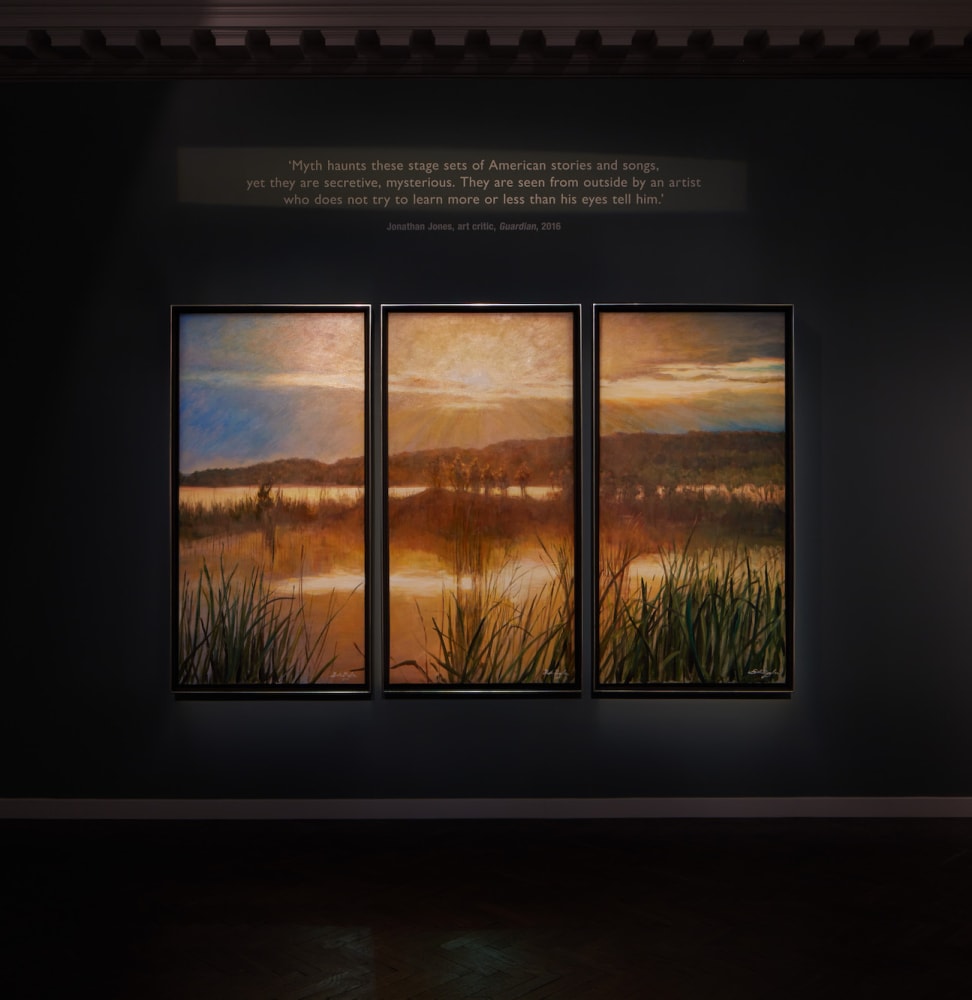Pablo Picasso
Spanish, 1881-1973
Described in his obituary in the Timesas 'the most famous, the most controversial, in many ways the most influential and undoubtedly the richest artist of his age', Picasso was a painter, sculptor, printmaker and ceramicist who created an estimated 50,000 works of art over a period of some 80 years. With Georges Braque, he is credited as having initiated Cubism.
On 25 October 1881, Pablo Ruiz y Picasso was born into a middle-class family in Málaga, Spain. Like many Spaniards, he took the surname of his mother, Maria Picasso López. His father, José Ruiz y Blasco, was a professor of art and taught him drawing and oil painting from the age of seven. In 1891 the family moved to La Coruña, where Picasso held his first exhibition at 13, and in 1895 to Barcelona. There he successfully sat the examination for the advanced class at the School of Fine Arts, where he studied from 1896 to 1897, gaining an honourable mention at the Fine Arts Exhibition for his academic-style painting Science and Charity (1897). His final period of formal training consisted of a few months at the Royal Academy of San Fernando in Madrid at the end of 1897, but while there he benefitted less from the teaching than from visits to the Prado. 'The museum of paintings is beautiful', he wrote. 'Velázquez first class; from El Greco some magnificent heads.'
After an attack of scarlet fever in 1898, Picasso returned to Barcelona and then convalesced in the Catalan village of Horta de Sant Joan, staying with his painter friend Manuel Pallarès. There he learned to hunt, to light a fire, to milk a cow - to connect with the elemental and eternal. He returned to Barcelona in 1899 speaking Catalan and having rejected his father's surname and art-school tradition. The following year he made his first trip to Paris, where he settled permanently in 1904 and became part of an extensive circle of artists and writers.
The years 1901 to 1904 are known as Picasso's Blue Period because of the predominance of various shades of blue in his paintings. Often expressing loneliness and misery, they depict blind people, beggars, prostitutes, prisoners - the outcasts of society he saw in both Paris and Barcelona. Living in France from spring 1904, Picasso took a room in the Bateau-Lavoir ('laundry barge'), a squalid wooden building in Montmartre that was roasting hot in summer and freezing in winter. This area of northern Paris was a centre of artistic interchange and decadent entertainment. The mood of his work altered, influenced by new friendships including Fernande Olivier, the first of a succession of lovers and wives, and the poet Guillaume Apollinaire. From late 1904 to 1906 Picasso's tones shifted towards the colours of flesh, of pottery and of the earth. In this Rose Period, favourite subjects include performers at the travelling circus; as creative people living at the fringes of society, he identified with them, even to the extent of portraying himself as Harlequin in Family of Saltimbanques (1905).
In 1906, Picasso met Henri Matisse, who was to become a long-term friend. While Matisse focused on expressive colour in the Fauvist style, Picasso was discovering primitive Iberian and African art and fracturing form. A key work in the development of Cubism, Les Demoiselles d'Avignon (The Young Ladies of Avignon), dates from 1906-1907, although it was not exhibited in public until 1937. Its title refers to a street in the red-light district of Barcelona and it depicts five prostitutes. Rather than presenting them as alluring, Picasso takes the underlying reality of their trade and distorts their bodies, turning curves into angles, faces into masks.
From this period until the First World War, Picasso worked in close collaboration with Braque. They experimented with breaking objects into planes, extending Paul Cézanne's investigations of form a stage further. Dispensing with perspective to create the illusion of three dimensions on a two-dimensional surface - the tradition that had persisted since the Renaissance - they aimed to express a new view of reality by fragmenting forms and showing several sides of an object simultaneously. This first phase became known as Analytical Cubism because of the way such subjects as landscapes, still-lifes, musical instruments and figures were broken down and their forms analysed within a shallow plane or within several interlocking and often transparent planes.
After this austere phase, using neutral and monochromatic tones, a more colourful Synthetic Cubism emerged in 1912. Conceiving this group of works as constructed objects, the two artists pasted paper and other, often industrial, materials onto painted canvases. Some include playful elements, blurring the distinctions between painting, collage and sculpture.
During the First World War, Braque went off to fight, many Spanish painters returned to Spain and Picasso's lover Eva (Marcelle Humbert) died. He, however, remained in Paris, striking up new friendships with Erik Satie and the poet Jean Cocteau which resulted in a collaboration with Sergei Diaghilev's Ballets Russes. Parade, first performed in 1917, outraged the public with its instrumentation including typewriters, a foghorn and aeroplane propellers, and its Picasso costumes, Cubist in style and made of cardboard, which impeded the dancers. At the ballet Picasso met dancer Olga Kokhlova, who became his first wife. Their son, Paulo, was born in 1921.
After the war, Picasso's painting style became more naturalistic. He continued to produce designs for the Ballets Russes in the early 1920s, also associating with, but not joining, the Surrealists. In 1927 he began a liaison with Marie-Thérèse Walter, who became the subject of a number of erotic, intensely coloured paintings such as Girl before a Mirror (1932). She was normally portrayed in forms that were 'handsomely sculptural, with a fullness of volume'. Moving to Boisgeloup, Picasso lived with her, and their daughter Maia was born in 1935. However in 1936 he returned to Paris, starting a relationship with photographer Dora Maar. His depictions of Maar - an active member of the Surrealists with a dark, brooding personality - use sharp, angular shapes and sometimes show her in tears. 'For me she's the weeping woman', Picasso explained. 'I've painted her in tortured forms, not through sadism, and not with pleasure either; just obeying a vision that forced itself on me. It was the deep reality.'
That year saw the start of the Spanish Civil War, as right-wing army generals tried to seize power from Spain's Republican government. Deeply allied to the Republican cause, Picasso produced a series of etchings and aquatints to raise funds. But it is his Guernica (1937) that seared the conflict into the public consciousness. Arguably the most important single work of the twentieth century, it was painted in homage to a small Basque market town destroyed by German bombers acting in league with General Franco. Picasso depicted not the event itself, but its aftermath and his own reaction to such senseless destruction of life - a woman holding a dead baby, her head upturned in a silent scream; the bull and gored horse of the Spanish bullfight, an image of savage discord; a woman trapped in a burning building; and a smashed statue of a war hero at the base of the picture, mocking the traditional war monument.
Picasso's post-war output included sculpture, lithography and ceramics as well as painting. He often turned to art history for his themes, taking a piece by an earlier artist such as Rembrandt van Rijn and reworking it. Las Meninas by Diego Velázquez inspired a series of 58 pictures. Most of this period was spent in the south of France, in Vallauris then Mougins. In his personal life, Picasso's new partner from the early 1940s was painter Françoise Gilot, with whom he had two children, Claude and Paloma. After she left him in 1953, he became involved briefly with Geneviève Laporte and then with Jacqueline Roque, whom he married in 1961. They remained together until the end of his life. Picasso died on 8 April 1973 in Mougins.
